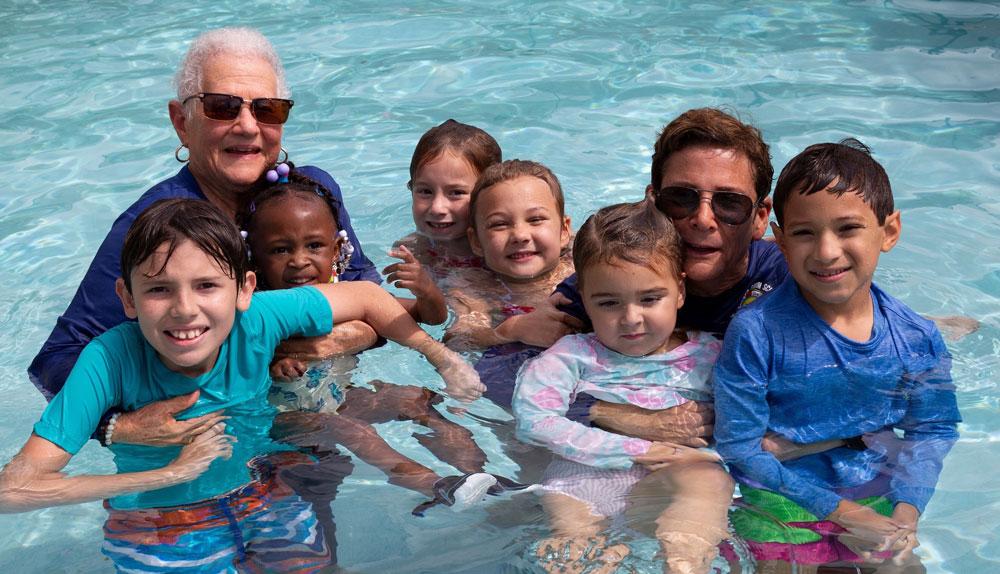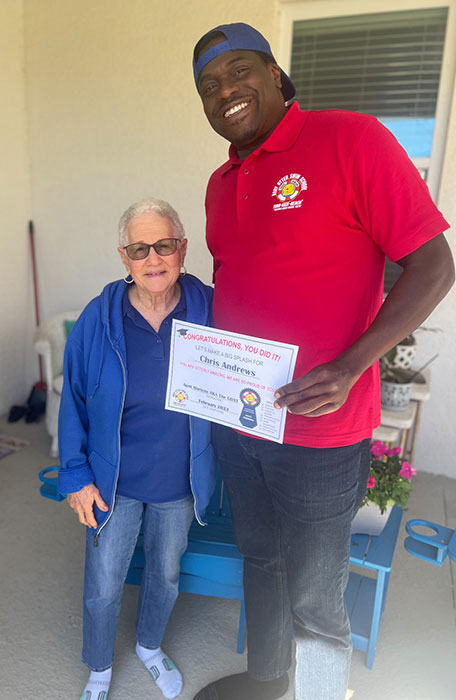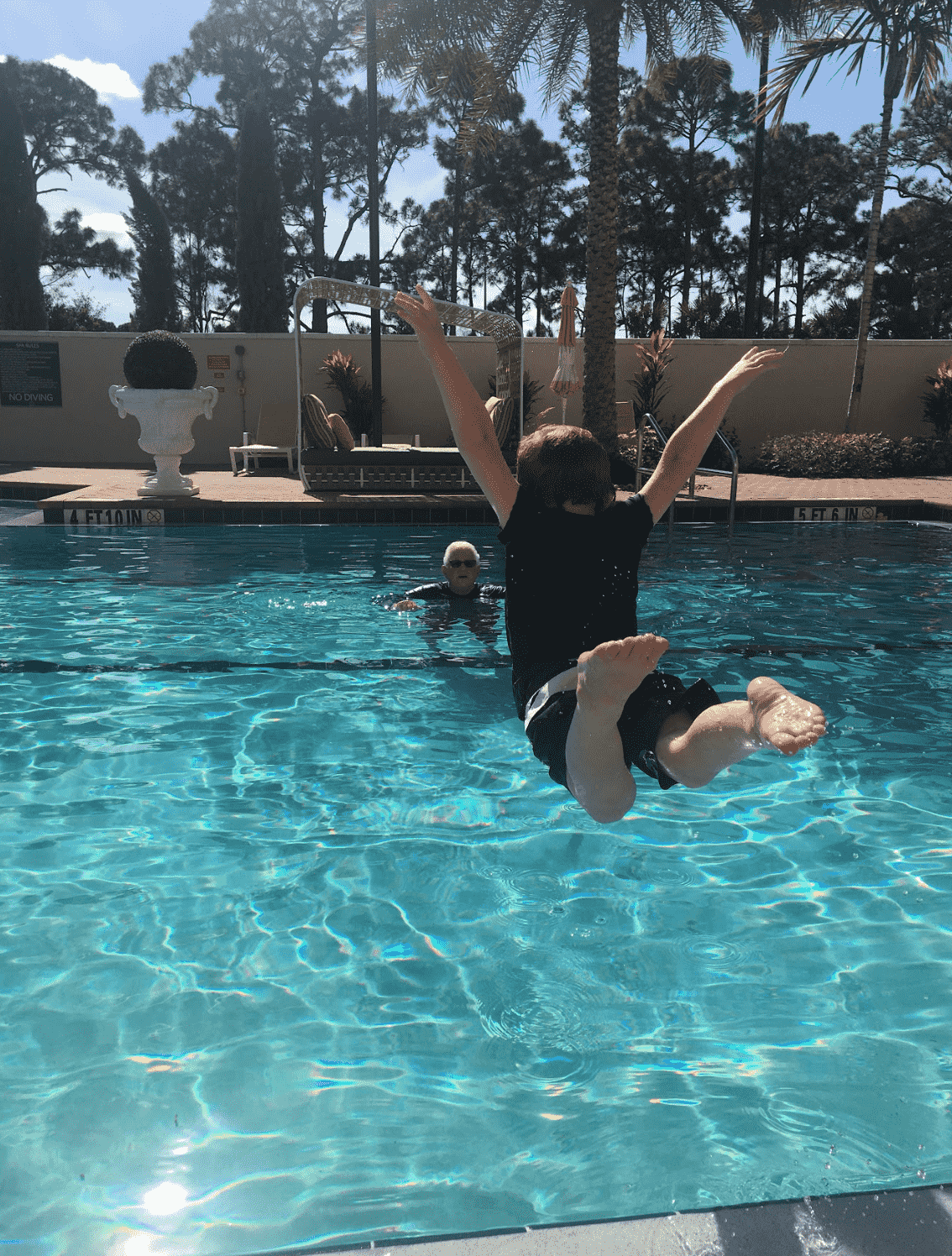Every Little Thing You Need to Understand About Swimming Lesson for Beginners: A Comprehensive Overview
Understanding the basics of swimming lessons for novices is vital for cultivating both safety and skill advancement in the water. Picking a certified instructor that emphasizes a helpful discovering setting sets the stage for success. As beginners begin on this marine trip, mastering crucial strategies such as breathing and body positioning becomes paramount. Nonetheless, the course to ending up being a certain swimmer is typically filled with challenges, consisting of the common worry of water. What approaches can be employed to make certain a favorable and enhancing experience for those just beginning?
Importance of Water Security
Water safety is critical for any individual venturing right into marine atmospheres, specifically beginners. Understanding the prospective dangers connected with water tasks is vital to guarantee a safe and enjoyable experience. Stats show that sinking remains a leading reason for accidental death, highlighting the requirement for increased awareness and preventive procedures.
The initial step in water safety and security involves identifying the importance of supervision. Adults ought to always keep a close eye on children and inexperienced swimmers, as even superficial water can position significant threats. Additionally, wearing suitable flotation protection tools, such as life coats, is necessary, specifically for those who are not yet confident in their swimming abilities.
An additional important aspect is acquainting oneself with the certain atmosphere. Each body of water has one-of-a-kind characteristics, including currents, trends, and temperature level, which can impact security. Swimmers should likewise know weather condition conditions and potential threats, such as immersed things or sudden changes detailed.
Discovering the Right Instructor
Selecting a qualified trainer is a crucial action in guaranteeing a safe and reliable knowing experience for beginners. When looking for a trainer, consider their certifications and experience. Search for individuals who are licensed in mouth-to-mouth resuscitation and Emergency Treatment, as well as those who hold recognized swimming mentor certifications, such as those from the American Red Cross or YMCA.

Furthermore, evaluate the teacher's interaction skills. They must have the ability to share instructions clearly and show techniques effectively. A link in between the student and the teacher can boost motivation and promote a positive learning ambience.
Lastly, consider logistics such as class size, location, and scheduling. Smaller sized course dimensions usually permit more customized attention, which can be beneficial for newbies. By very carefully assessing these aspects, you can locate a teacher that will certainly add to an effective swimming experience.
Important Swimming Techniques
Understanding important swimming methods is vital for novices aiming to develop self-confidence and proficiency in the water. The foundation of reliable swimming hinges on understanding the fundamental skills that improve both safety and security and satisfaction throughout practice.
One of the initial techniques to concentrate on is proper breathing. Novices should learn to breathe out undersea and inhale rapidly when turning their heads to the side, making certain a consistent rhythm that supports endurance. Furthermore, body placing plays an essential function; swimmers ought to maintain a streamlined position, keeping the body straight and level to minimize drag.

Lastly, comprehending the relevance of buoyancy can not be ignored. Understanding floating methods will improve convenience and security in the water. By concentrating on these necessary techniques, newbies can develop a solid swimming structure, establishing them up for greater success in future lessons and even more advanced abilities.
Different Swimming Designs
Numerous swimming styles exist, each offering distinct methods and benefits that satisfy various choices and goals. The 4 primary strokes-- freestyle, backstroke, butterfly, and breaststroke-- create the structure of competitive swimming and entertainment practices.
Freestyle, also known as the front crawl, is identified by a flutter kick and rotating arm movements, permitting maximum speed and effectiveness. It is commonly the most popular option for beginners because of its uncomplicated strategy and flexibility in various water settings.
Backstroke, done on the back, utilizes a comparable flutter kick however makes use of a windmill arm activity. This stroke improves body positioning and promotes leisure in the water, making it an outstanding choice for those that may really feel anxious while swimming.
Breaststroke includes a frog-like kick and synchronised arm motions, promoting a slower pace that allows for improved breathing control. This stroke is specifically useful for beginners as it motivates a natural rhythm.
Lastly, the butterfly stroke, understood for Swimming Lessons For Beginners its difficult method, integrates a dolphin kick and synchronised arm movements. While more sophisticated, grasping it can significantly boost overall swimming proficiency. Embracing these varied styles can cause an all-round swimming experience.
Overcoming Common Challenges
Although swimming can be a satisfying task, beginners frequently experience numerous obstacles that may impede their progression and enjoyment in the water. Beginning by adapting to the water in superficial locations, and method breathing techniques outside of the water to construct confidence.
One more obstacle is understanding standard strategies, such as drifting and stroke auto mechanics. Beginners ought to focus on proper body positioning and breathing patterns. Using flotation devices can assist in developing a sense of equilibrium while exercising stroke principles.

Last but not least, discovering a helpful setting, whether via group lessons or one-on-one coaching, can substantially boost learning. Useful comments and support are important for overcoming difficulties and cultivating improvement. By dealing with these common issues head-on, novices can cultivate a positive swimming experience and progress at a comfy pace.
Verdict
In summary, swimming lessons for beginners incorporate important components such as safety and security, effective direction, and mastery of necessary techniques. Emphasis on core skills, consisting of breathing and body positioning, help in establishing self-confidence in the water.
Recognizing the basics of swimming lessons for newbies is necessary for promoting both security and ability growth in the water.Water safety and security is extremely important for anyone venturing right into marine environments, especially novices. Arm motions need to additionally be coordinated with the kick; newbies must discover the importance of reaching onward and pulling via the water effectively.
Although swimming can be a rewarding activity, beginners often encounter different difficulties that might hinder their progress and pleasure in the water. Begin by acclimating to the water in superficial areas, and practice breathing strategies outside of the water to build self-confidence.